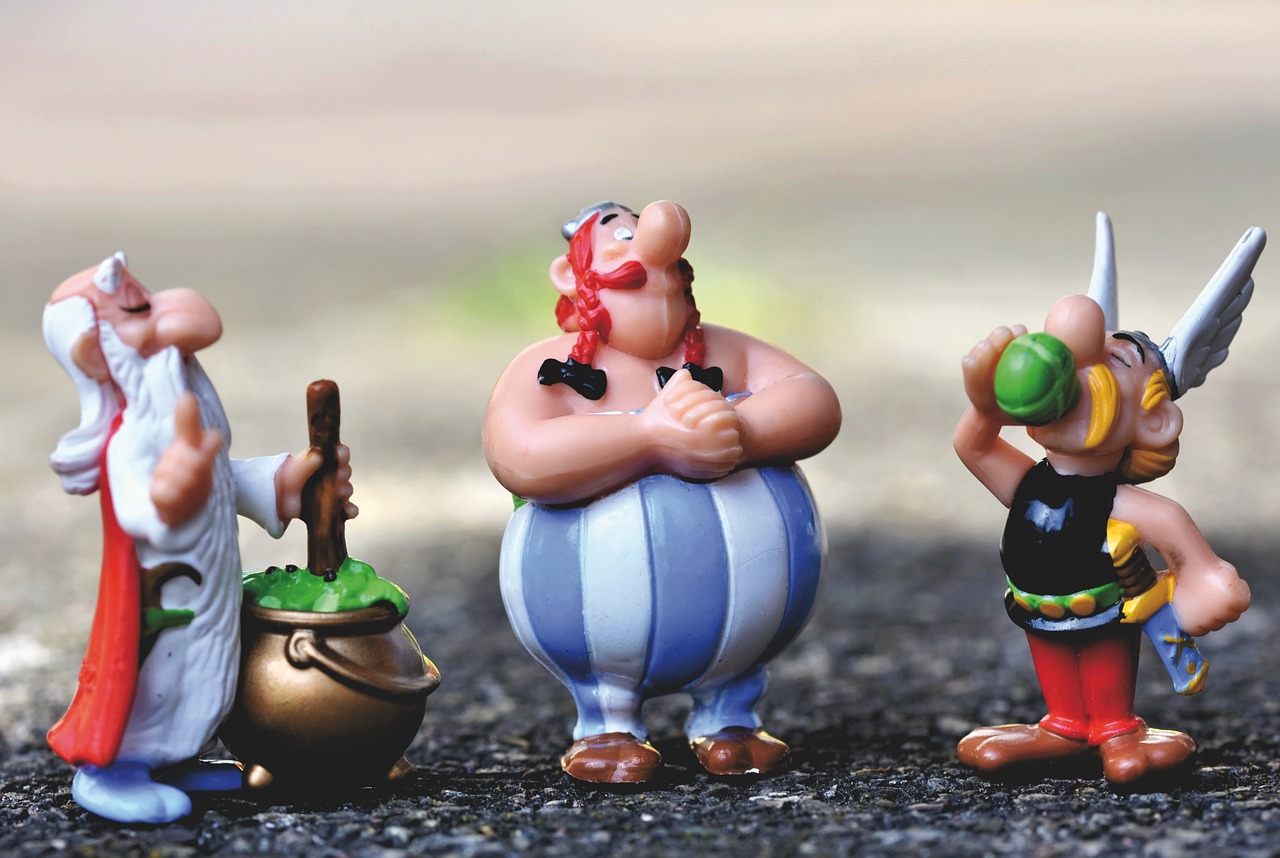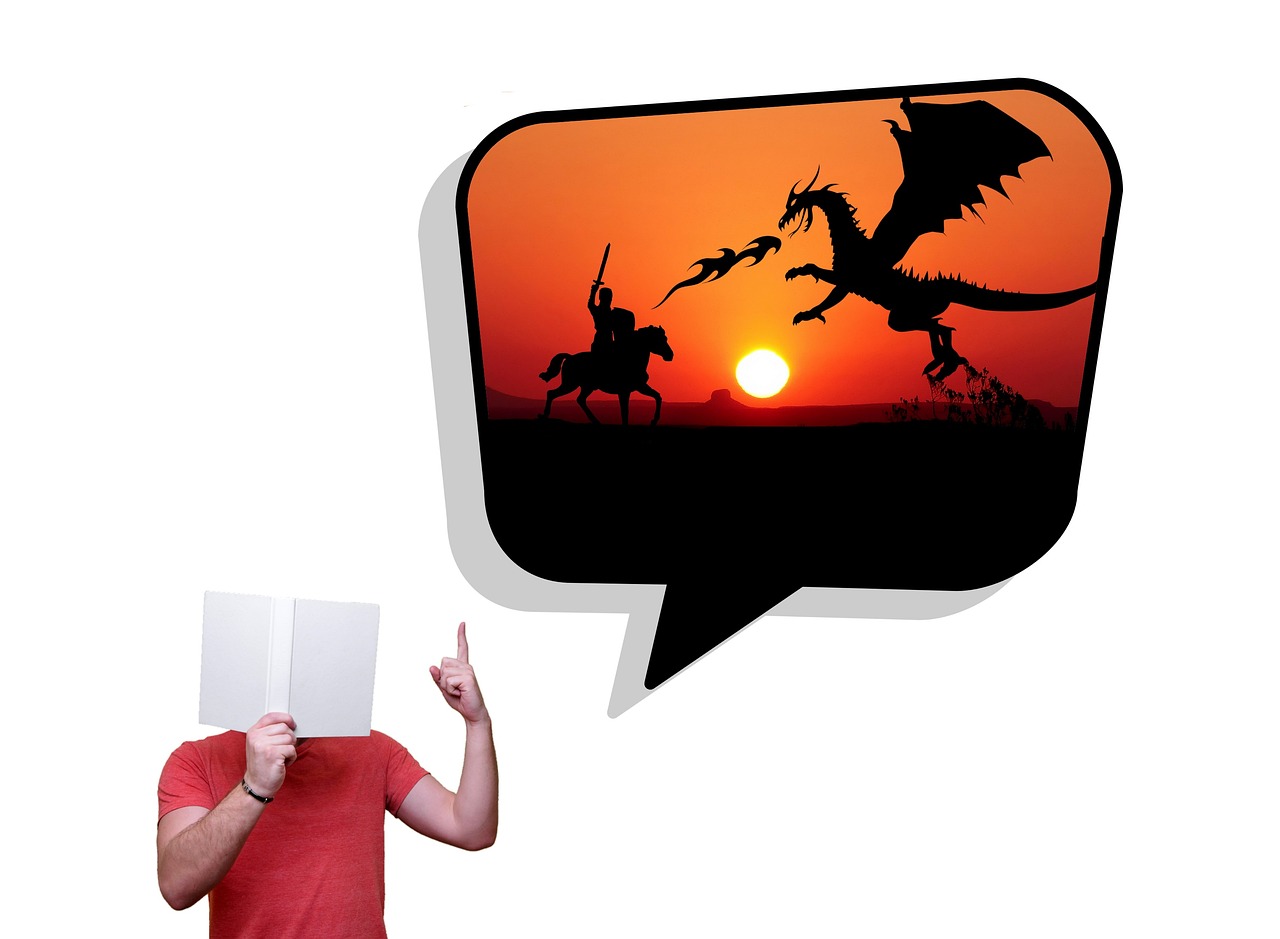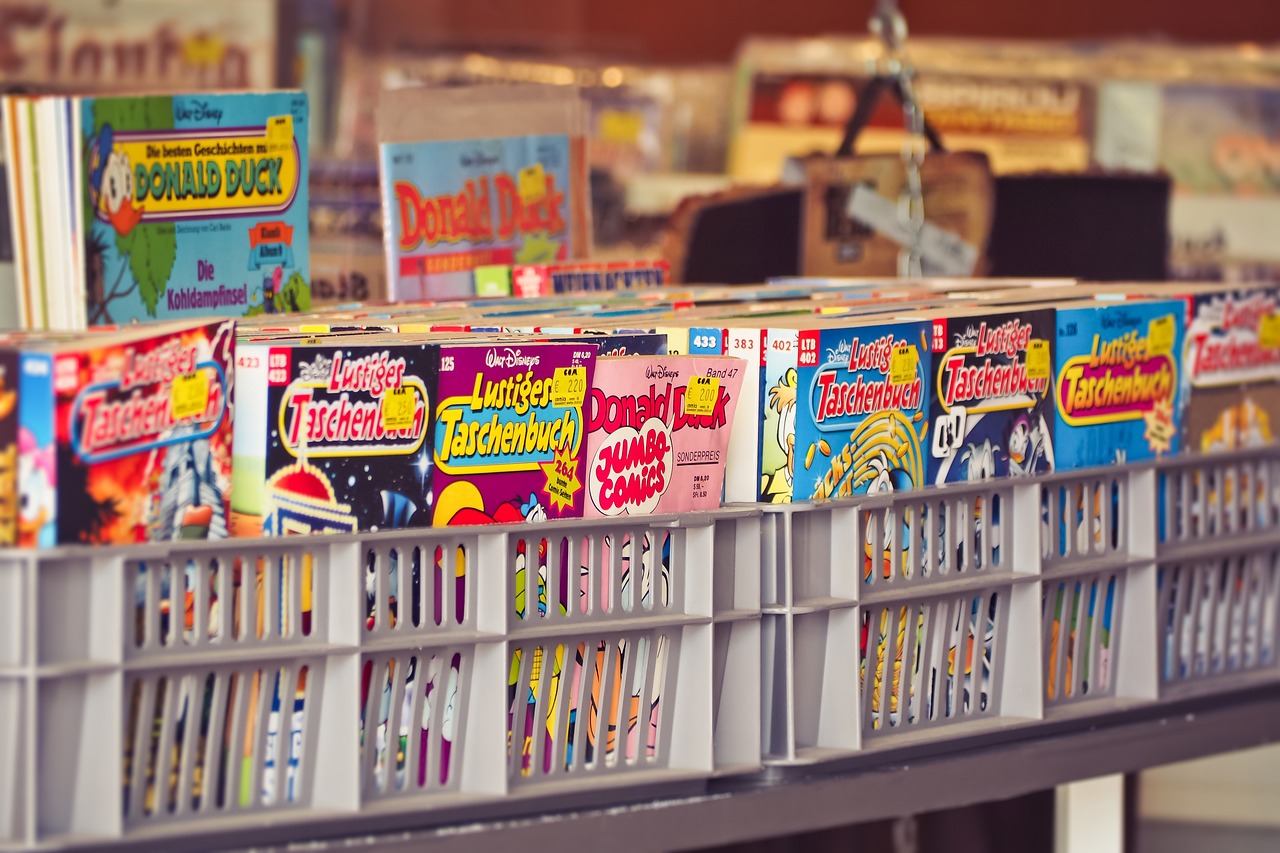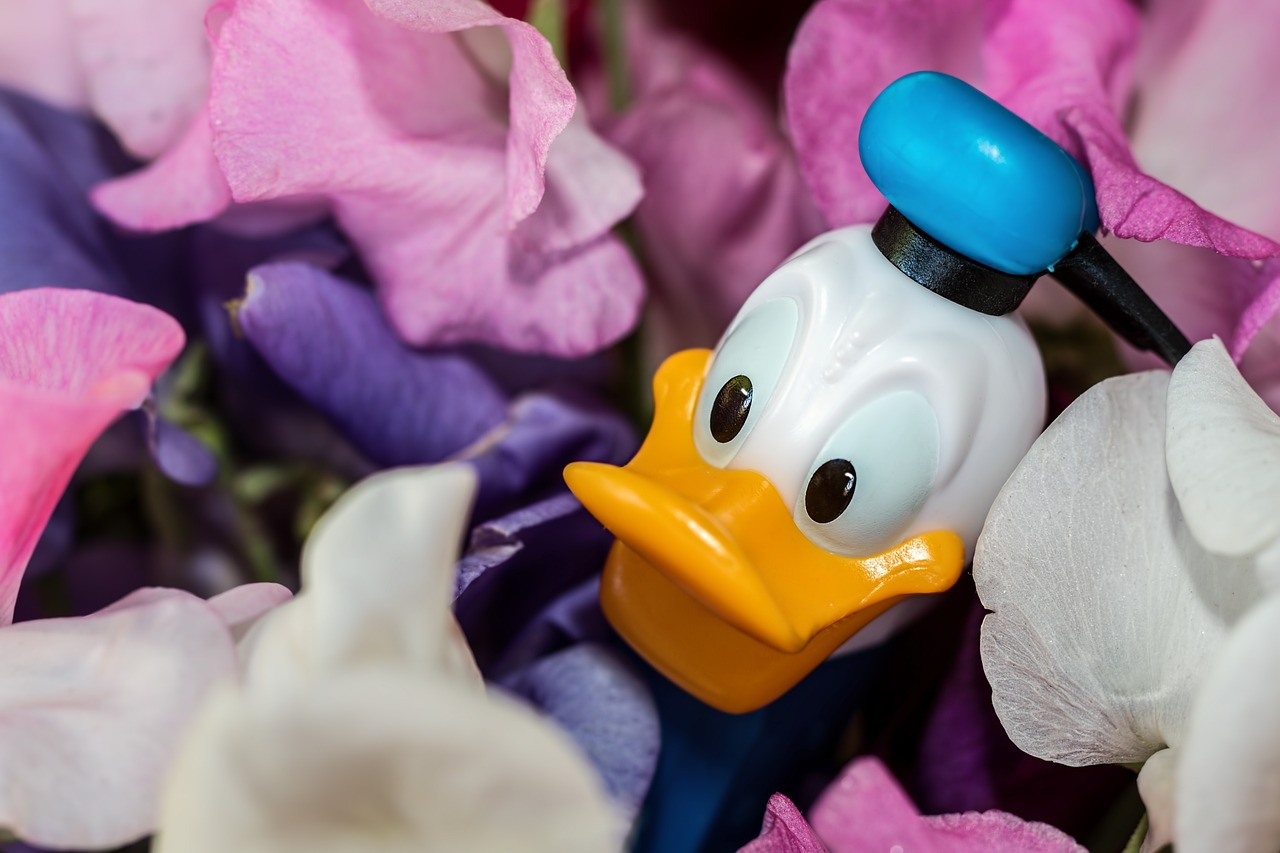Do you ever wonder how comic books tell such compelling stories? It’s not just about the colorful illustrations and action-packed scenes; it’s also about the art of storytelling.
From the initial script to the final panel, every aspect of a comic book is carefully crafted to create a cohesive and engaging narrative. So, if you’re interested in learning about the ins and outs of comic book storytelling, you’ve come to the right place.
In this article, we’ll take you through the process of creating a comic book, from the initial script to the finished product. You’ll learn about the crucial role of the artist in bringing the writer’s words to life, how to create a cohesive narrative with pacing and tone, and how to balance dialogue and visuals for maximum impact.
Whether you’re a seasoned comic book reader or a newcomer to the medium, this article will give you a deeper appreciation for the art of storytelling in comics. So, let’s dive in!
The Importance of a Strong Script in Comic Storytelling
A strong script is like a map for the artist, guiding them through the twists and turns of the story’s journey. It’s the foundation upon which an engaging and well-crafted comic is built.
A good script not only drives the plot structure, but also plays a crucial role in developing characters that readers can identify with and care about. Developing characters is a fundamental part of comic storytelling, and a strong script can help create fully realized and multifaceted personalities.
Each character’s dialogue, actions, and interactions with others should be carefully crafted to convey their unique traits and motivations. A well-developed character can make readers invest emotionally in the story, and ultimately keep them coming back for more.
Plot structure, too, is essential in comic storytelling. A strong script should provide a clear roadmap for the story’s arc, pacing, and resolution. The script should be able to take the readers on a journey that is both satisfying and memorable, leaving them wanting more.
Translating Words to Images: The Role of the Artist
Transforming words into vivid images is the artist’s responsibility, as they use their expertise to convey the writer’s vision onto the page.
Visual storytelling is a crucial aspect of comics, and the artist’s ability to interpret the script and bring it to life through their artwork is what makes comics such a unique and powerful medium.
Artistic interpretation plays a significant role in this process as well. While the writer provides the basic framework and guidelines for the story, it’s up to the artist to add their own creative flair and style to the visuals.
This can include everything from character design and background details to panel layouts and pacing, all of which contribute to the overall narrative and emotional impact of the story.
Ultimately, the artist’s ability to translate words to images is what makes comics such a dynamic and engaging form of storytelling.
Pacing and Tone: Creating a Cohesive Narrative
Crafting the right pacing and tone is crucial for developing a cohesive narrative that captures the readers’ attention and keeps them engaged.
When it comes to pacing, you want to make sure that your story moves along at a good pace, neither too fast nor too slow. This means that you need to be careful with how you structure your panels and pages. You don’t want to overload your readers with too much information all at once, but you also don’t want to bore them with long stretches of nothing happening.
In addition to pacing, tone is also important in creating a cohesive narrative. Your tone should match the story you’re trying to tell and the characters you’re trying to develop.
Visual storytelling techniques can help you achieve the right tone. For example, if you’re trying to create a tense, suspenseful scene, you might use close-ups and tight panels to convey a sense of claustrophobia and unease. On the other hand, if you’re trying to create a light-hearted, comedic scene, you might use wider panels and more open compositions to create a sense of space and freedom.

By using these techniques, you can create a narrative that is both visually interesting and emotionally engaging.
Balancing Dialogue and Visuals for Maximum Impact
Finding the right balance between dialogue and visuals is essential for creating impactful narratives that resonate with readers. When crafting a comic, it’s important to remember that visuals can convey just as much information as dialogue.
This means that you should use your panels to not only show what’s happening, but also to create character depth and mood. One way to use visuals to create character depth is by incorporating symbolism effectively. For example, using specific colors or objects to represent a character’s emotions or past experiences can add depth and complexity to the story.
Additionally, using visuals to convey information that would be difficult to express through dialogue can help the reader understand the story on a deeper level. By balancing dialogue and visuals, you can create a cohesive narrative that is both engaging and impactful.
Collaboration and Communication: The Writer-Artist Relationship
Collaborating with your artist is essential to ensure that your vision is brought to life in a way that resonates with readers. As a writer, you may have a clear idea of the story you want to tell, but it’s important to remember that the artist is also a creative partner in the process.
Building a strong writer-artist relationship requires mutual understanding and communication. Take the time to discuss your ideas and listen to your artist’s input. This will help you both to create a stronger narrative and make sure that the artwork supports the story.
It’s also important to give your artist creative freedom. Remember that they’re bringing your script to life with their unique style and perspective. Allowing them to use their creativity won’t only make the final product more visually engaging, but it will also make the collaboration process more enjoyable.
While it’s important to provide clear direction and feedback, be open to your artist’s ideas and suggestions. Together, you can create a comic that exceeds both of your expectations.
Frequently Asked Questions
What is the best way to market a comic book once it’s completed?
To market your completed comic book, use social media promotion to reach your target audience and build buzz. Attend comic book conventions to showcase your work and network with potential fans and industry professionals.
How do you choose a color palette for a comic book?
To choose a color palette for your comic book, start by considering color theory and how different colors convey different emotions. Think about the mood you want to set and choose colors that enhance it.
What is the process for lettering a comic?
When lettering a comic, you need to choose between digital or traditional methods. Digital allows for more flexibility, but traditional can offer a unique look. Font choice is also crucial, as it can affect the tone and readability of the story.
How do you decide on the format and layout for a comic book?
When deciding on the format and layout for your comic book, explore creativity and graphic design techniques. Consider the pacing, panel size, and placement to enhance the story and keep the reader engaged.
What kind of legal considerations do comic book creators need to keep in mind?
When creating a comic book, you must be aware of potential copyright infringement and ownership disputes. It’s important to ensure that all characters and ideas are original or properly licensed to avoid legal issues.
Conclusion
Now that you understand the art of storytelling in comics, you can appreciate the hard work that goes into creating a cohesive narrative. A strong script is essential for any successful comic, as it sets the tone, pacing, and dialogue for the story.
However, the artist also plays a crucial role in bringing the script to life through their drawings and panel layouts. The key to great comic storytelling is finding the right balance between dialogue and visuals.
When done correctly, the two elements work together seamlessly to create a powerful and engaging story. Whether you’re a writer or an artist, collaboration and communication are also essential for creating a successful comic.
By working together and sharing ideas, you can create a cohesive and compelling narrative that will captivate readers. So go forth and tell your own stories in the world of comics, and remember these key elements to create a truly memorable work of art.










